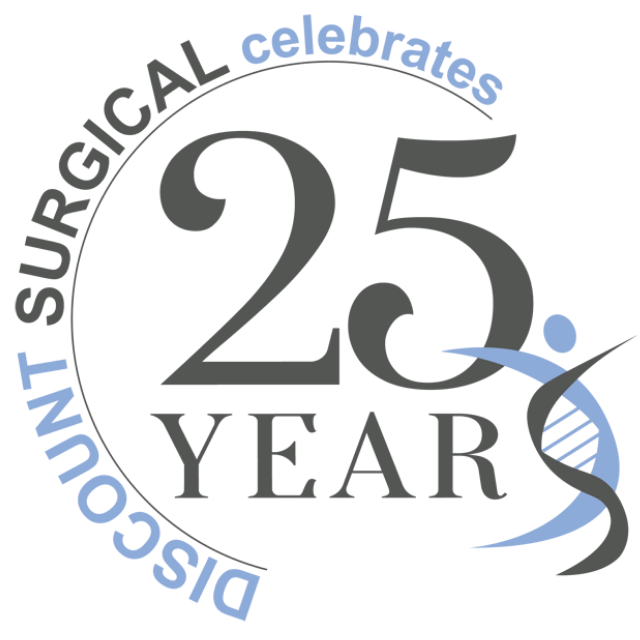We use cookies to make your experience better. To comply with the new e-Privacy directive, we need to ask for your consent to set the cookies. Learn more.

Free Standard Shipping over $25
We Accept FSA Payments
We are Open and Handling Orders Safely
Free Expedited Shipping over $75
Free Shipping over $25
The LEADERS In COMPRESSION SOCKS
Open Late and Weekends
| fdgdgf | fgdfgdg | dfgdgdg | dgdgdgdfg | dgdgdfgdfgdg |
Varicose veins are large, raised, swollen blood vessels that twist and turn under the skin. They usually develop in the legs and particularly in the lower leg region. As they increase in severity they will swell and bulge and can easily be seen through the skin.
Spider veins, a 'close relative' of varicose veins, tend to be lighter, smaller in size and though they are not raised or bulging, they are still visible through the skin. They are typically found on the legs and face.
Varicose and spider veins are red, blue and purple in color and at a minimum, can simply be a cosmetic problem and source of embarrassment. In more severe cases, they can be extremely painful, even debilitating, and may require appropriate treatment.
The force of gravity, the pressure of body weight, and the task of carrying blood from the bottom of the body up to the heart make legs the primary location for varicose and spider veins. Compared with other veins in the body, leg veins have the toughest job of carrying blood back to the heart, and that means, they endure the most pressure.
Aside from the most obvious which is their visibility, the common signs and symptoms of varicose (and spider) veins include:
Less common symptoms might be
There are several courses of action to take to prevent and/or treat varicose veins, depending on the severity of each case.
Lifestyle changes � including weight loss, regular activity (especially walking) to minimize risk factors beforehand, and elevating the legs after standing for long periods of time.
Wearing support or compression stockings can often help avoid varicose or spider veins from forming, and they also minimize symptoms and pain once a person already suffers from this problem. Support hosiery comes in a variety of colors, styles and compression levels, so it is best to consult a medical professional or an expert fitter to determine the best option depending on the individual's symptoms.
There are also more invasive surgical treatment options available for more severe cases. These treatments include saline injections into the veins, laser therapy and in more extreme cases, surgery to tie off or remove segments of the veins.